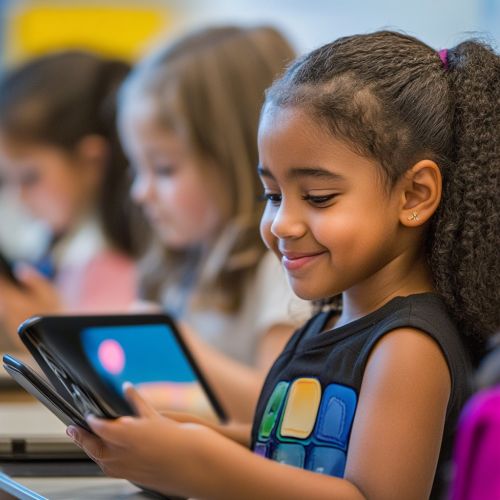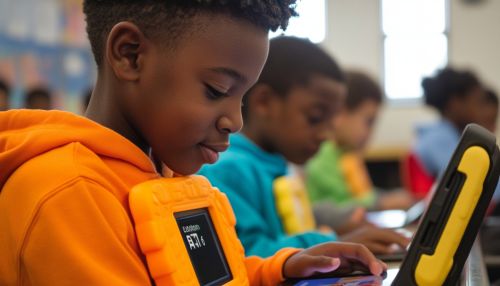Open Educational Resources Catalyst
Introduction
Open Educational Resources (OER) serve as a transformative force in the educational landscape, acting as a catalyst for innovation, accessibility, and collaboration. These resources, which include textbooks, curricula, lecture notes, assignments, tests, projects, audio, video, and any other materials used to support access to knowledge, are freely available for use, adaptation, and distribution. The concept of OER is deeply rooted in the principles of open access, which advocate for the removal of barriers to educational materials, thereby democratizing education across the globe.
Historical Context
The origins of Open Educational Resources can be traced back to the early 2000s, with significant milestones such as the launch of the Massachusetts Institute of Technology's OpenCourseWare initiative in 2001. This initiative set a precedent for other institutions to follow, leading to a proliferation of open educational projects worldwide. The term "Open Educational Resources" was officially coined at the UNESCO Forum on Open Courseware for Higher Education in Developing Countries in 2002, marking a pivotal moment in the movement.
Characteristics of Open Educational Resources
OER are characterized by their open licenses, which allow users to freely access, use, modify, and share the resources. These licenses, often provided by organizations like Creative Commons, are crucial in defining the extent of freedom granted to users. The adaptability of OER enables educators to tailor materials to suit specific educational contexts, thereby enhancing the relevance and effectiveness of the resources.
Impact on Education
The impact of Open Educational Resources on education is multifaceted. They have significantly reduced the cost of educational materials, making education more affordable and accessible. OER also promote pedagogical innovation by encouraging educators to experiment with new teaching methods and materials. Furthermore, they foster a culture of collaboration and sharing among educators and institutions, leading to the creation of a global educational community.


Challenges and Criticisms
Despite their benefits, Open Educational Resources face several challenges. One major issue is the sustainability of OER projects, as they often rely on external funding and volunteer contributions. Additionally, there are concerns about the quality and credibility of some open resources, which can vary significantly. The digital divide also poses a barrier, as not all learners have equal access to the technology required to utilize OER.
Future Directions
The future of Open Educational Resources is promising, with advancements in technology and increasing support from educational institutions and governments. The integration of OER into mainstream education systems is likely to continue, driven by the growing demand for affordable and flexible learning options. Innovations such as artificial intelligence and blockchain technology may further enhance the development and distribution of OER, offering new possibilities for personalized and secure learning experiences.
Conclusion
Open Educational Resources have emerged as a powerful catalyst for change in the educational sector. By breaking down barriers to knowledge and fostering a culture of openness and collaboration, OER have the potential to transform education on a global scale. As the movement continues to evolve, it will be crucial to address the challenges and leverage new technologies to maximize the impact of these invaluable resources.
